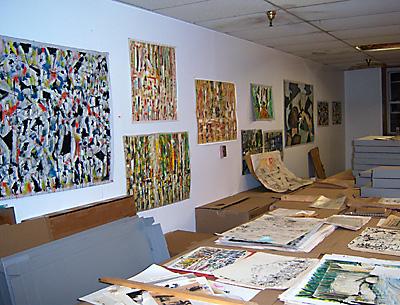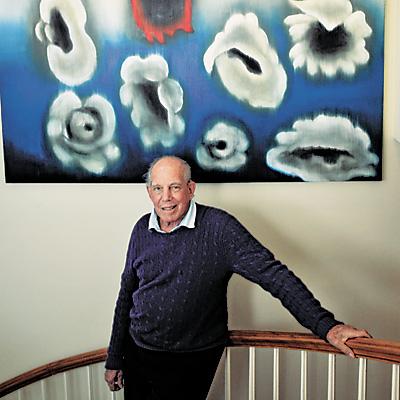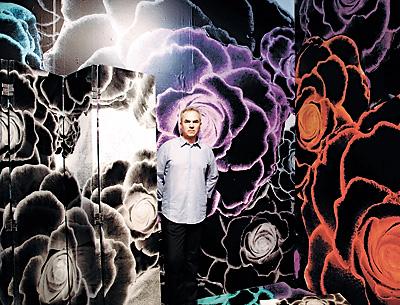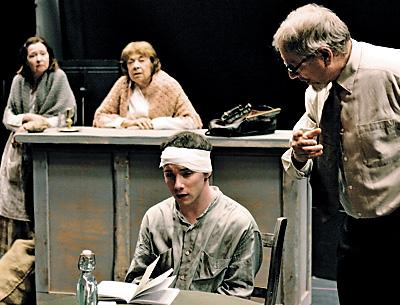Dance at Levitas
Dance at Levitas
The Southampton Cultural Center will present a dance recital by Steps Repertory Ensemble on Saturday at 7 p.m. at the center’s Levitas Center for the Arts. Under the guidance of Claire Livingstone, the artistic director and a former dancer with the Royal Ballet, the ensemble has grown to a company of 10 to 12 professional dancers.
Saturday’s performance will include the world premiere of Shannon Gillen’s “On Certainty,” set to music by Frank Bretschneider and Ryoji Ikeda; an excerpt from Zvi Gotheiner’s “Chairs,” a work for nine dancers set to a collage of music ranging from Rachmaninoff to Russian Orthodox liturgical to movie music; “Knead,” by Benoit-Swan Pouffer, exploring the dynamic of friendship and trust, and an encore performance of Nathan Trice’s “Conversations” on the subject of love, set to music by Keith Jarrett.
Tickets, at $20 or $10 for students under 21 with I.D., are available in advance at scc-arts.org or at the door 40 minutes before the performance.




